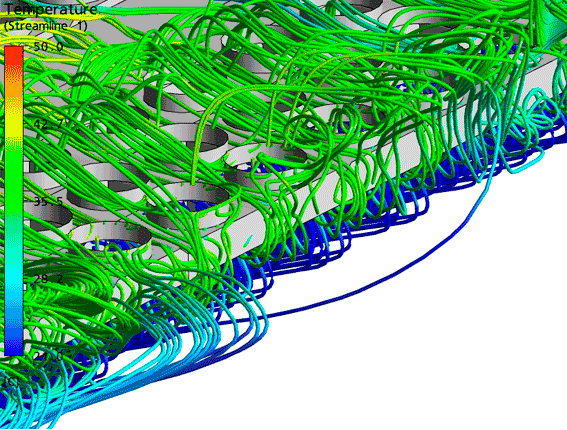The ITER reactor’s electron cyclotron heating and current drive (EC H&CD) system launcher requires an effective cooling system due to the strong thermal loads it supports. In supporting the design of this cooling system, NINE performed several numerical studies using the Ansys simulation tools to:
These analyses are part of a wider workflow carried out in a collaboration with other partners. The results of the above-mentioned simulations were then transferred to other analysts for the launcher’s structural integrity checks.
Read the articleCASE STUDY
The adoption of SBES has significantly increased in the last two decades, driven by advancements in computing technology and the rise of Industry 4.0, which promotes nine key enabling technologies, including engineering simulation and big data analytics. SBES is crucial for the integration and automation of production systems, improving flexibility, speed, and quality.
automotive construction energy cfd metal-process-simulation

CASE STUDY
EnginSoft developed a 3D CFD model of a Liquefied Natural Gas (LNG) Plant for the simulation of the Air-Cooled Heat Exchanger Systems’ (ACHE) arrays and their interaction with the wind.
energy cfd ansys oil-gas